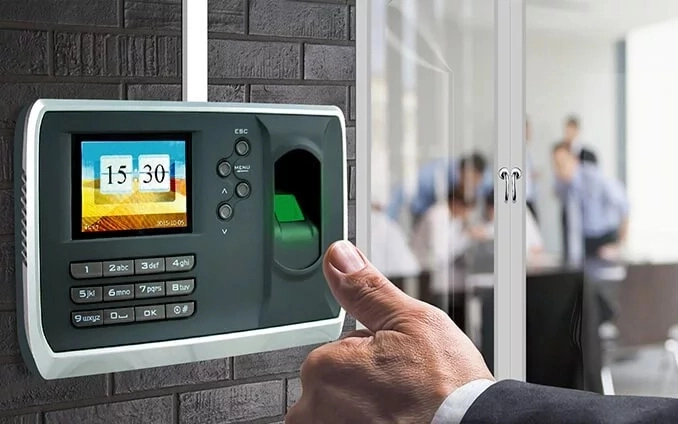What is time and attendance?
Time and attendance, in the HR world, is the process of tracking employee work hours.
Time and attendance includes the following components:
- Designing a time and attendance policy
- Creating and publishing employee schedules
- Recording shift start and end times (punch in and punch out)
- Calculating employee hours, wages, and withholdings for payroll
Related processes include approving time cards, administering PTO, issuing paychecks, managing shift trades and enforcing time and attendance policies.
How does time and attendance influence an organization?
- Good time and attendance administration helps businesses efficiently manage their workforce
- Good time tracking saves on labor costs by preventing deliberate time theft, inadvertent mistakes, payroll errors or schedule confusion
- Transparent and equitable time policies improve employee engagement
- Accurate time tracking and reporting helps companies comply with federal, state and local wage and hour laws
- Good time tracking improves productivity and provides analytics for ongoing labor optimization
What is the best way to manage employee time and attendance?
Modern cloud-based work tech automates time tracking. Unified hardware/software systems capture punches when your employees clock in and out. Your staff can clock in with a physical time clock or through an online web portal. Mobile and remote employees can clock in with an internet-connected device wherever they are working. These systems align time tracking with overall HR management.
What are the benefits of automated employee time tracking?
- Avoid payroll errors
- Reduce time spent managing labor
- Increase trust between employees and management
- Eliminate buddy punching
- Prevent missed punches
- Reduce labor expenses
- Improve oversight of mobile and offsite employees
- Speed up time card approvals
- Keep track of PTO requests
- Prevent double booking employees at two locations
- Reduce time spent creating employee schedules
- Track certifications and licenses
- Prevent shift coverage gaps
- Accommodate employee schedule preferences—improve work/life balance
- Comply with predictive scheduling laws
- Ease admin burden on managers with self-service shift trading
- Prevent employee burnout due to excessive overtime
How do you choose timekeeping work tech?
Choosing the right timekeeping system is a critical. Your system has a profound influence on culture, efficiency and productivity.
Here are recommendations from time and attendance specialists:
- Make sure it can accommodate your workforce now and scale for growth
- Take advantage of demos and free trials to evaluate ease-of-use
- Understand mobile features: location tracking, geofencing, location-based punch lockout
- Verify the quality and delivery method of vendor support
- Make sure it syncs with the right time clock(s) for your business
- Look for payroll integration capability to prevent manual data entry
- Schedule templates save time
- Research compliance tools
- Auto alerts improve workforce communication and oversight
- Insist on employee self-service and mobile access
- Consider tools for job codes, tip management, schedule enforcement, and certification tracking
- Consider COVID-19 needs: sanitary touchless time clocks; clock interfaces with COVID symptom prompts; clocks with thermal temperature detection
Efficient time and attendance supports business success
Accurately tracking employee time is a foundational process for every organization. Payroll depends on it. Project management depends on it. The process used to track time and attendance is integral to the employee experience. An inaccurate or confusing method wreaks havoc at all levels. A straightforward, uncomplicated, and transparent process creates a positive work culture and improves employee engagement.
Get in touch with our knowledgeable customer service experts to help answer your questions about Time and Attendance. Call +234(0) 803 313 3950
Culled from workforce hub


